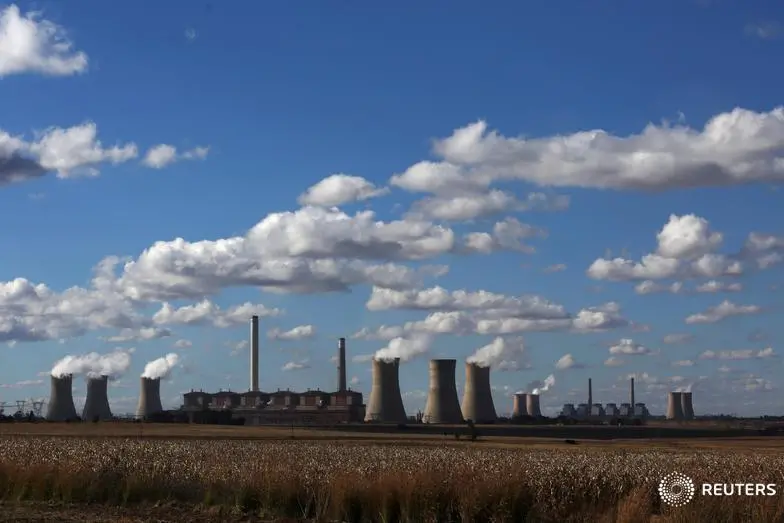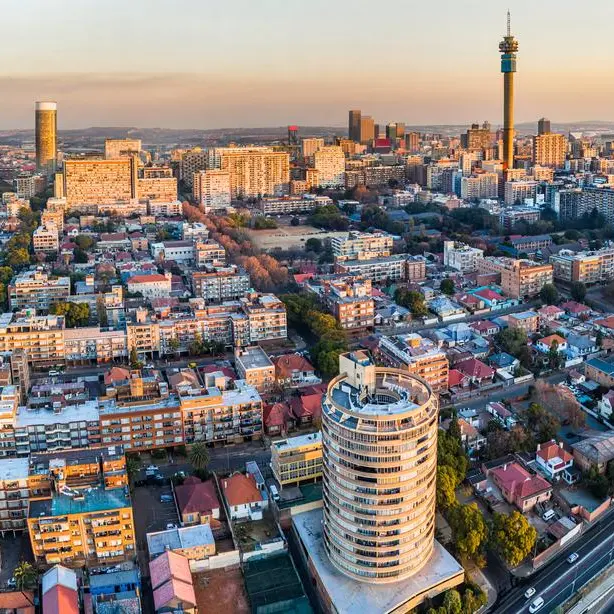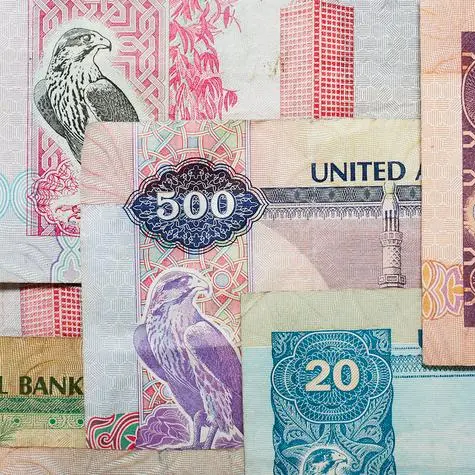PHOTO
Minister in the Presidency Responsible for Electricity, Dr Kgosientsho Ramokgopa, announced significant improvements in Eskom’s performance during his Energy Action Plan media update. The energy availability factor (EAF), a measure of how much of Eskom's generation capacity is operational, has risen to 60.5% year-to-date, up from 51.7% in the same period last year.
Ramokgopa attributed this progress to an aggressive maintenance plan, increased rooftop solar capacity, and the dedicated efforts of Eskom's management and staff.
He highlighted a 54-day streak without load shedding, a rolling blackout strategy implemented to manage electricity demand.
“What we are seeing now is an exceptionally improved energy situation...is as a result of [a] constellation of efforts on the part of Eskom,” he said.
“It’s [also] an all-of-government effort to ensure that we resolve the challenges that are facing the country…the resolution of an energy deficit.
However, the minister cautioned that the country is "not yet out of the woods." He acknowledged the ongoing challenges facing Eskom, including recent litigation over a court ruling requiring the utility to exempt certain public institutions from load shedding.
Eskom is appealing this decision, citing potential cost and sustainability concerns.
Ramokgopa emphasised the importance of addressing the "preeminent challenge" of load shedding and expressed optimism that the current positive trend will continue.
He praised the leadership of Eskom's board and management team and thanked the employees for their hard work and dedication.
Positive trend
Overall, the news from Eskom is encouraging, but it remains to be seen whether these improvements can be sustained and whether the utility can overcome the significant obstacles that still lie ahead.
Ramokgopa also addressed the continued public perception of excessive diesel consumption which have persisted after he showed evidence to the contrary in his last media address.
“The [Open Cycle Gas Turbines] are part of the fleet. They are designed…that during afternoon peak, when you have elevated demand, if you are struggling to meet that demand then you engage the OCGTs,” he explained.
“If you look at the period that they were on load on average was previously about 17% and then now, we are just shy of 6%. So it’s a considerable drop on the usage.”
Ramokgopa said solar energy remains part of the strategy to combat load shedding and Eskom’s performance is not necessarily because of the performance of the renewable energy projects.
“If you go to the Energy Action Plan and you look at Outcome 4, it says…we have to introduce incentives to make it possible for us to aggressively roll out rooftop solar solutions by both industry and households.”
“We have been able to double the amount of rooftop solar solution megawatts that can be drawn from that intervention from about 2,100MW to 4,400MW,” he said.
All rights reserved. © 2022. Bizcommunity.com Provided by SyndiGate Media Inc. (Syndigate.info).























